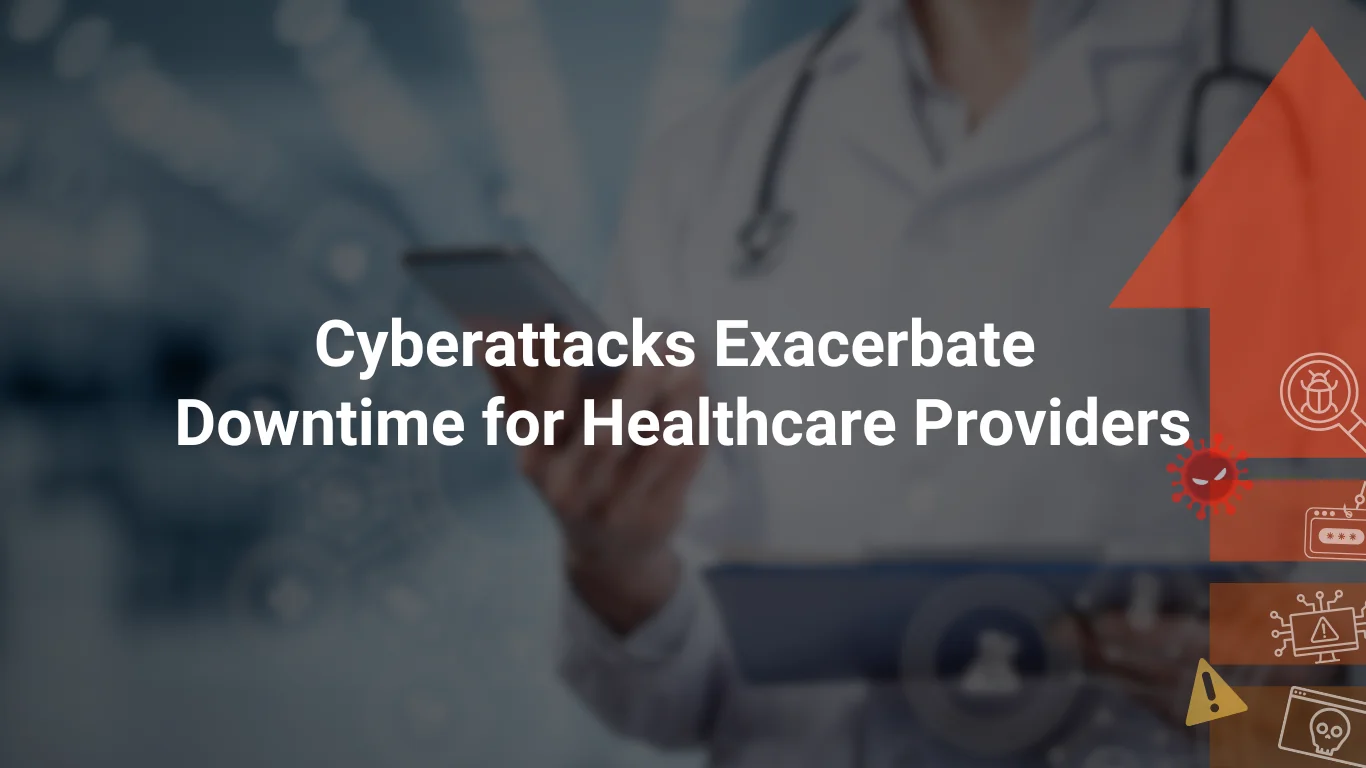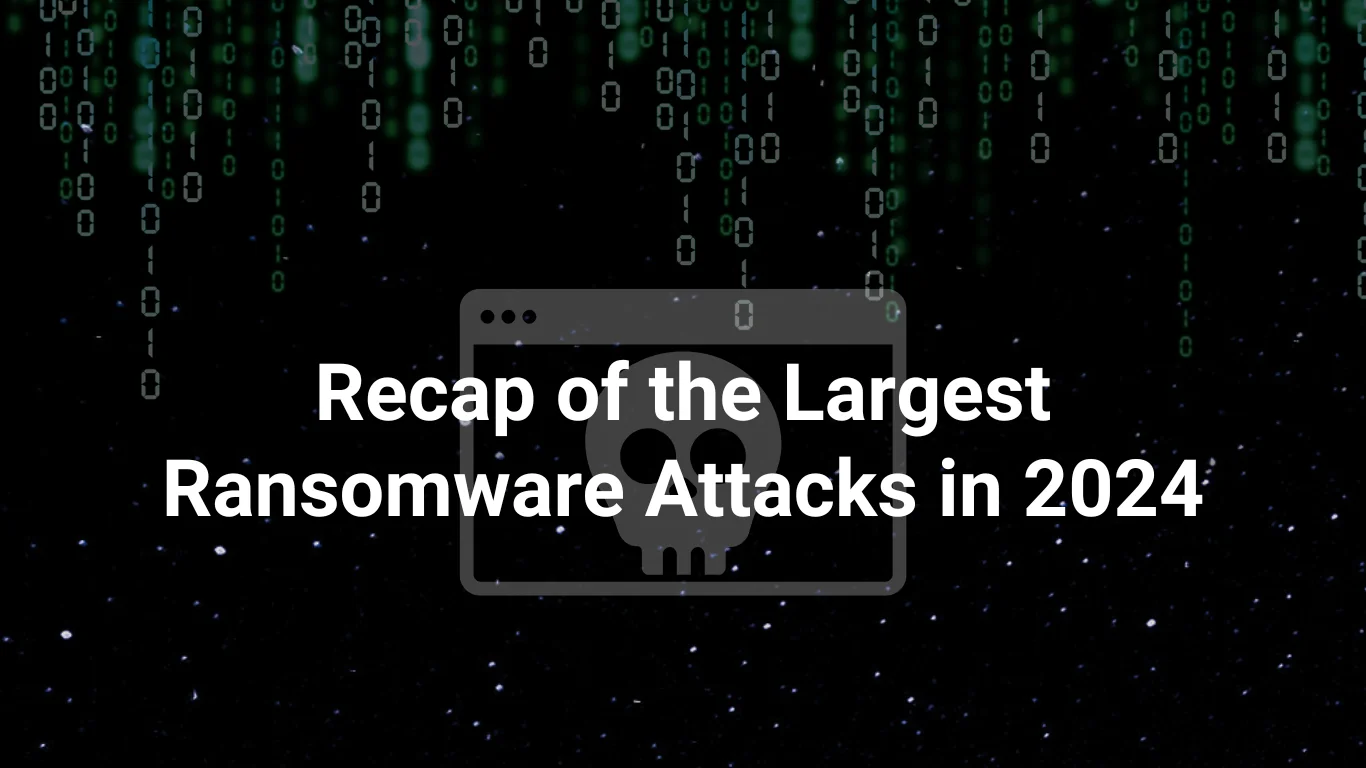What is a POS Malware Attack?
POS attacks may cause major financial losses, reputational harm, and legal ramifications for firms. One of the largest financial losses caused by a POS attack was the Target data breach in 2013. The hacker exposed the payment information of about 40 million clients, causing an estimated loss of $18.5 million. In this blog, we’ll look at what POS attacks are, how they work, and how businesses can avoid them in advance to keep their systems safe.

A POS attack is when hackers use malicious software to target POS systems with the goal of collecting sensitive financial transaction data, such as credit card numbers. This may be performed via a variety of techniques, including RAM scraping, which allows attackers to access the system’s memory and gather data. However, POS attacks have severe limitations. Due to the lack of CVV2 (the three-digit code on the card), an attacker cannot make online purchases using only the card number and PIN. To use the stolen financial information, the attacker must make a copy of the credit card.
How does the POS attack work?
An attacker can infiltrate a POS system silently in the following common ways:
-
Infiltration: Attackers gain access to POS systems through phishing, exploiting weaknesses, or using malware.
-
Data Stealing: Once inside the system, malware steals sensitive payment information, such as credit card numbers, during system processing.
- Exfiltration: Attackers use the stolen data for fraudulent activities or to sell on the dark web.
The different types of POS attacks
-
RAM scraping
When a consumer swipes a card, the information is briefly stored in the system’s random access memory (RAM) in an unencrypted form. Later, a RAM scanner scans the RAM for unencrypted data.
-
Network sniffing
Attackers use specialized software or hardware tools to monitor and intercept data transmitted over a network to capture sensitive information, including login credentials, payment information, and personal information.
-
Keylogging
Keylogging malware is placed on POS systems by attackers via phishing attacks, infected USB sticks, or vulnerabilities. This malware runs quietly in the background, collecting every input on the system in order to collect login passwords, credit card numbers, and other sensitive information. This type of attack is difficult to detect because it runs silently and rarely affects system performance.
-
Malware injection:
Malware is inserted into update or download files on the POS system. When these updates or downloads are applied to the POS system, the malware is installed at the same time.
Notable POS Malwares
- BlackPOS
also known as Kaptoxa, is one of the earliest and most well-known POS malwares designed to steal credit and debit cards details from POS system. BlackPOS was used in The Target data breach in 2013, exposing the payment information of about 40 million customers. - Backoff
was discovered in 2014 and affected numerous businesses in the US. Backoff is designed to target POS systems and installed via remote desktop applications to steal the data of payment card. - Cherry Picker
one of the sophisticated POS malwares. This malware targets businesses in the food and beverage industry’s POS system by searching for credit card data stored in the system’s memory area and sending it to hackers since 2011. - Dexter
was discovered by Seculert, an IT security firm, in December 2012 and has affected POS systems worldwide. This type of malware targets systems running Oracle MICR, SAP and other POS software on Microsoft Windows, stealing sensitive payment information, including cards details, usernames, encryption keys and so on. - FrameworkPOS
is a type of POS malware used by FIN6, a notorious cybercrime group, targets systems that running physical POS device to steal payment card’s information and send remotely to a server controlled by attackers.
What are the impacts by POS attack?
POS attacks may have serious consequences for both businesses and customers.
For Businesses:
- Financial loss: The theft of cash and subsequent fraudulent activity can result in significant immediate financial losses.
- Reputation loss: Long-term reputation damage can lead customers and potential business partners to lose faith in a firm.
- Legal and regulatory consequences: Organizations may face fines, legal fees, and increased regulatory scrutiny.
- Operational disruption: Investigating and remediating a POS attack takes time and resources and can disrupt normal business operations.
For consumers:
Customers affected by a data breach may face identity theft, financial loss, and the inconvenience of monitoring credit and changing account information.
How to Prevent POS attacks?

- Regular updates: Update your POS software and any related systems with the most recent security patches.
- Strong passwords: Create strong, unique passwords for all POS systems, and update them on a frequent basis.
- 2-Factor Authentication (2FA): Enable 2FA for access to sensitive parts of the POS system.
- Anti-virus and anti-malware software: Use renowned security software to identify and eliminate dangerous threats.
- Network security: Install firewalls, protect Wi-Fi networks, and keep POS systems distinct from other networks.
- Physical security: Protect POS terminals from tampering by using physical security measures.
- Employee training: Teach staff how to identify phishing attempts and follow correct security protocols.
- With ForeNova: NovaCommand uses machine learning, advanced analytics, and rules-based detection to find suspicious activity on the corporate network. It also covers a variety of attack vectors, including ransomware, malware, and insider threats. As your network expert, ForeNova’s goal is to improve your security posture and better protect your POS systems from cyber threats. Contact us to know more!






